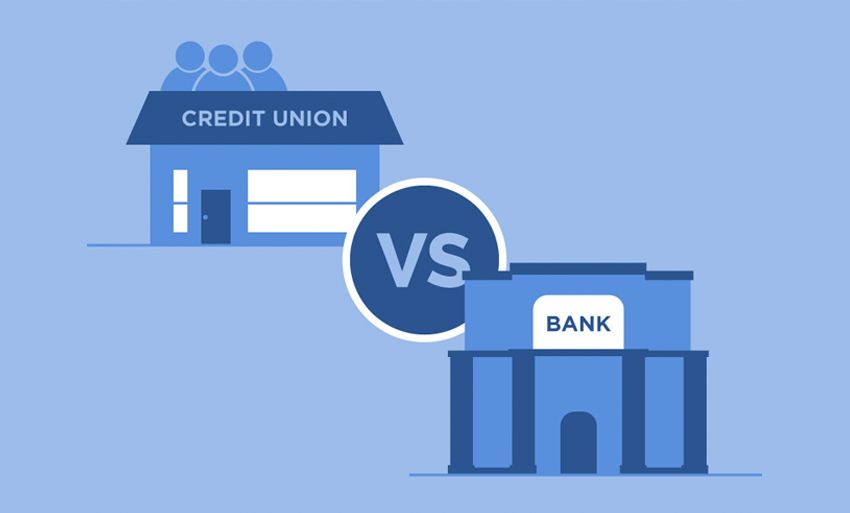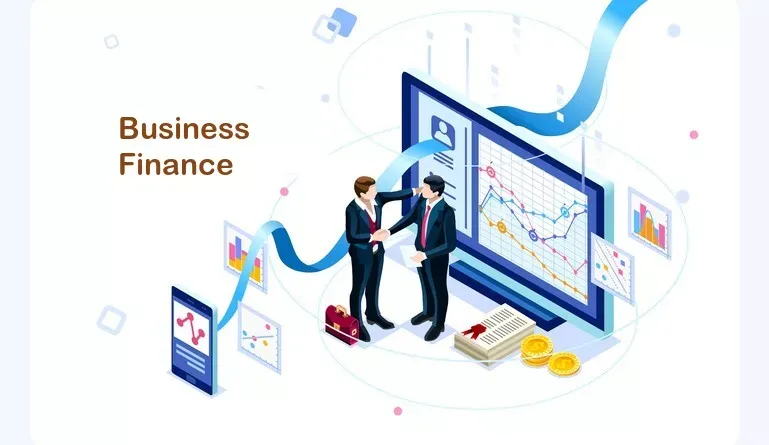Uncovering the Technology That Most People Like Best: 10 Tech Trends Shaping Our Future

Introduction
In today's rapidly evolving world, technology plays a crucial role in shaping our lives and the world around us. We are constantly surrounded by various types of technology that have become an integral part of our daily routines. Whether it's the smartphones we use, the software we rely on, or the vast amount of information available at our fingertips, technology has become an indispensable aspect of our existence. In this blog post, we will delve into the world of technology, uncovering the types that dominate our lives, and exploring the top 10 technology trends that are revolutionizing various industries.
The Three Main Types of Technology
Hardware Technology
Hardware technology encompasses the physical components and devices that enable the functioning of various technological systems. It includes devices such as computers, smartphones, tablets, wearables, and other electronic gadgets that we utilize on a daily basis. These advancements in hardware technology have paved the way for seamless communication, enhanced productivity, and improved experiences across different spheres of life.
Software Technology
Software technology refers to the programs, applications, and operating systems that enable the hardware to function and perform specific tasks. From the software that powers our smartphones to the intricate algorithms used in complex data analysis, software technology has become the backbone of our technological ecosystem. It continues to evolve, offering innovative solutions, optimizing processes, and simplifying our interactions with technology.
Information Technology
Information technology focuses on the management, storage, and transmission of data and information. It encompasses networks, databases, cybersecurity, and the systems that enable the processing and utilization of information. Information technology plays a crucial role in maintaining data security, facilitating efficient communication, and ensuring the smooth functioning of various digital platforms that we rely on in our daily lives.
Exploring the Top 10 Technology Trends
In this section, we will delve into the top 10 technology trends that are shaping our present and future. These trends have the potential to revolutionize various industries, transform the way we live and work, and push the boundaries of what is possible with technology.
1. Artificial Intelligence and Machine Learning:
1) The advancements in artificial intelligence (AI) and machine learning (ML) have opened up new frontiers in automation, data analysis, and decision-making.
2) AI-powered systems can learn from vast amounts of data, making them capable of performing complex tasks, predicting patterns, and offering personalized experiences.
3) The integration of AI and ML has applications across numerous sectors, including healthcare, finance, customer service, and manufacturing.
2. Internet of Things (IoT):
1) The IoT refers to the network of interconnected devices, sensors, and objects that can collect and exchange data.
2) Through IoT, devices can communicate with each other and perform automated actions, creating a seamless and interconnected ecosystem.
3) This technology has implications in home automation, smart cities, transportation, agriculture, and healthcare, among other areas.
3. Virtual Reality (VR) and Augmented Reality (AR):
1) VR immerses users in a simulated digital environment, often using headsets and controllers, offering a variety of applications in gaming, training, simulations, and entertainment.
2) AR enhances the real world with digital overlays and information, providing interactive experiences through smartphone apps, smart glasses, or other devices.
3) These technologies have the potential to transform industries such as education, tourism, retail, and design.
4. Blockchain Technology:
1) Blockchain technology provides secure, decentralized, and transparent systems for recording and verifying transactions.
2) It has gained prominence with the rise of cryptocurrencies like Bitcoin, but its potential extends beyond digital currencies.
3) Blockchain has applications in supply chain management, healthcare records, voting systems, and secure digital identity verification.
5. Cloud Computing:
1) Cloud computing enables the delivery of computing services over the internet, providing access to a shared pool of resources and data storage.
2) It offers scalability, flexibility, and cost-efficiency, allowing businesses and individuals to access and utilize resources on demand.
3) Cloud computing has transformed the way we store and access data, host websites, and deploy software applications.
6. Robotics and Automation:
1) Robotics and automation involve the use of machines and technology to perform tasks with minimal human intervention.
2) From industrial robots in manufacturing to automated processes in agriculture and service industries, robotics revolutionizes productivity and efficiency.
3) These technologies have the potential to transform industries by improving precision, reducing costs, and increasing safety.
7. Cybersecurity:
1) With the increasing reliance on technology, cybersecurity has become a critical concern for individuals, businesses, and governments.
2) Cybersecurity technologies aim to protect systems, networks, and data from unauthorized access and malicious activities.
3) As cyber threats become more sophisticated, the demand for robust cybersecurity solutions continues to rise.
8. Genomic Technology:
1) Genomic technology involves the study of an organism's complete set of DNA, enabling scientists to understand and manipulate genetic information.
2) It has led to breakthroughs in personalized medicine, disease prevention, genetic engineering, and agriculture.
3) Genomic technology has the potential to revolutionize healthcare, agriculture, and environmental conservation.
9. 5G Technology:
1) 5G technology is the next generation of wireless communication, offering faster speeds, lower latency, and greater capacity than previous generations.
2) It enables the development of new applications and technologies, such as autonomous vehicles, smart cities, and immersive virtual experiences.
3) The widespread adoption of 5G technology will unlock new possibilities and redefine connectivity.
10. Quantum Computing:
1) Quantum computing leverages the principles of quantum mechanics to perform computations at an unprecedented speed and scale.
2) It has the potential to solve complex problems and perform calculations that are beyond the capabilities of classical computers.
3) Quantum computing has implications for various fields, including cryptography, drug discovery, optimization, and simulation.
Stand out from your competitors by presenting invoices with a unique and professional appearance.
Invoice Temple is the ultimate invoicing solution designed exclusively for entrepreneurs.
Access a diverse selection of invoice templates that cater to different business needs and enhance your brand image.
Sign up and enjoy invoicing for free.
Available on google play store for android and PCs.

The Impact of These Technologies on Different Sectors
The top 10 technology trends discussed above have a profound impact on various sectors, shaping the way we live, work, and interact. Let's explore some of the key sectors and how these technologies are transforming them.
Healthcare:
1) AI and machine learning are revolutionizing diagnostics, drug discovery, and personalized medicine.
2) Genomic technology is paving the way for precision medicine and targeted treatments.
3) IoT devices and wearables monitor patients, enable remote healthcare, and improve health tracking.
4) Telemedicine and virtual reality offer new possibilities for remote consultations and medical training.
Finance:
1) Blockchain technology offers secure and transparent processes for financial transactions.
2) AI-powered systems automate financial analysis and fraud detection.
3) Robotic process automation streamlines financial operations and reduces errors.
4) Fintech innovations provide convenient and accessible financial services.
Entertainment:
1) VR and AR provide immersive gaming and entertainment experiences.
2) Streaming services and cloud gaming transform the way we consume media.
3) AI algorithms personalize recommendations and content curation.
4) Social media platforms and online communities connect individuals through shared interests.
Manufacturing:
1) Robotics and automation enhance productivity, precision, and safety in manufacturing processes.
2) IoT-enabled smart factories optimize supply chain management and predictive maintenance.
3) 3D printing revolutionizes prototyping and customization.
4) AI-driven analytics optimize production and inventory management.
Transportation:
1) Self-driving cars and connected vehicles revolutionize the automotive industry.
2) IoT-enabled infrastructure enhances traffic management and improves safety.
3) Electric vehicles reduce carbon emissions and promote sustainability.
4) AI algorithms optimize logistics and supply chain operations.
Education:
1) VR and AR offer immersive educational experiences and simulations.
2) Online learning platforms and educational apps democratize access to education.
3) AI-powered systems provide personalized learning paths and adaptive assessments.
4) Collaboration tools enable remote learning and global connectivity.
Communication:
1) 5G technology enables faster and more reliable communication.
2) IoT devices connect people and facilitate seamless communication.
3) Cloud-based communication platforms enhance collaboration and remote work.
4) AI-driven natural language processing improves speech recognition and translation.
Energy:
1) Renewable energy technologies, supported by IoT devices and AI analytics, optimize energy production and distribution.
2) Smart grids enable efficient energy management and demand response.
3) Energy storage solutions enhance the reliability and integration of renewable energy sources.
4) Blockchain technology facilitates peer-to-peer energy trading and decentralized energy systems.
Agriculture:
1) IoT devices and sensors monitor soil conditions, weather patterns, and crop health for precision agriculture.
2) AI algorithms optimize irrigation, pest control, and crop management.
3) Drones and robotic systems automate farming tasks and surveillance.
4) Blockchain technology ensures transparency and traceability in the food supply chain.
Retail:
1) AI-powered personalized recommendations improve customer experiences and increase sales.
2) Augmented reality enhances the in-store and online shopping experience.
3) Supply chain optimization reduces costs and improves inventory management.
4) E-commerce platforms and mobile payment systems promote convenience and accessibility.
End Line
Technology continues to evolve rapidly, transforming our lives, industries, and the future as we know it. The top 10 technology trends explored in this blog post represent a glimpse into the exciting possibilities that lie ahead. From artificial intelligence and machine learning revolutionizing various sectors to blockchain technology reshaping financial systems, these trends are driving innovation and opening up new avenues for growth and efficiency. As we navigate the ever-changing landscape of technology, it is crucial to embrace these trends, harness their potential, and adapt to the transformative power they hold. By doing so, we can uncover the technology that most people like best and propel ourselves into a future enriched by technological advancements.
Also Read...




